
I’ve been eagerly awaiting Guillermo del Toro’s take on Frankenstein, and let me tell you, it delivers. This isn’t just another retelling of the classic story; it feels like a true reimagining. Del Toro, as always, brings such incredible emotional weight to his monsters, and he’s built a world where beauty and horror aren’t separate things, but deeply connected. This Frankenstein isn’t simply about the creation of life and the fear of death; it’s a sweeping, heartbreaking story about love, the lasting scars of war, how trauma echoes through families, and ultimately, what it means to be human.
While still inspired by Mary Shelley’s original, Guillermo del Toro takes significant liberties with the story, changing the location, characters, and core ideas. He presents the Creature not as a cautionary tale, but as a mirror reflecting humanity itself. The final product is distinctly del Toro’s – rich, beautifully written, and full of compassion. By introducing new characters and giving familiar ones new destinies, he elevates Shelley’s classic into a timeless work of art.
Guillermo del Toro’s version of Frankenstein features nine major differences from the original story, making it a truly unique adaptation.
9
Time and War Setting Shift
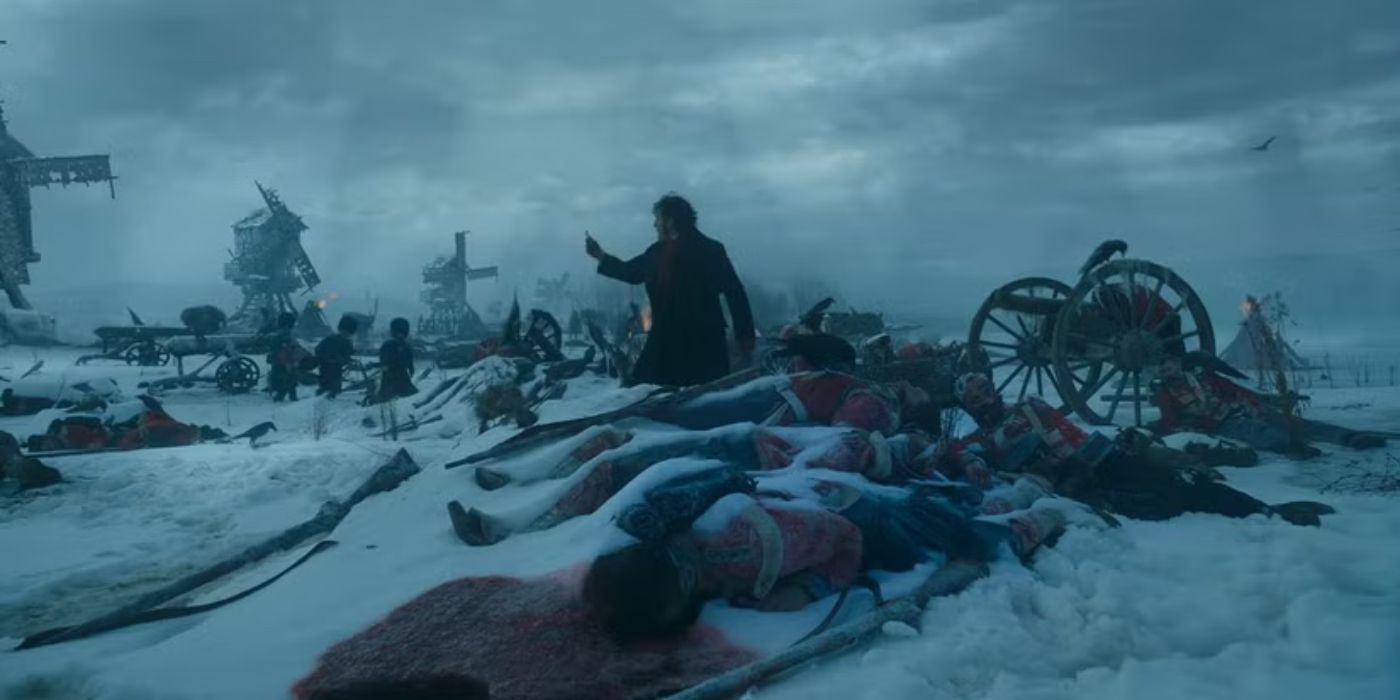
Netflix
Shelley’s original novel was set in the late 1700s. Guillermo del Toro updated the story to the Crimean War era (1853-1856). This change provides Victor Frankenstein with a consistent source of bodies – the war’s casualties – instead of requiring him to steal them, as he did in the book. Historically, obtaining bodies for medical study was difficult, as medical schools lacked enough cadavers, leading to a black market of grave robbing.
This change isn’t just about the story itself; it connects to the themes of war that director Guillermo del Toro has explored in films like The Devil’s Backbone and Pan’s Labyrinth. Setting the story during wartime allows del Toro to comment on how violence repeats itself, the dangers of unchecked ambition, and the harm caused by empires. The way humanity seems determined to destroy itself is echoed in Victor’s dangerous quest to create life. Victor’s scientific work ultimately reflects a world already fixated on controlling life and death.
8
The Introduction of Henrich Harlander
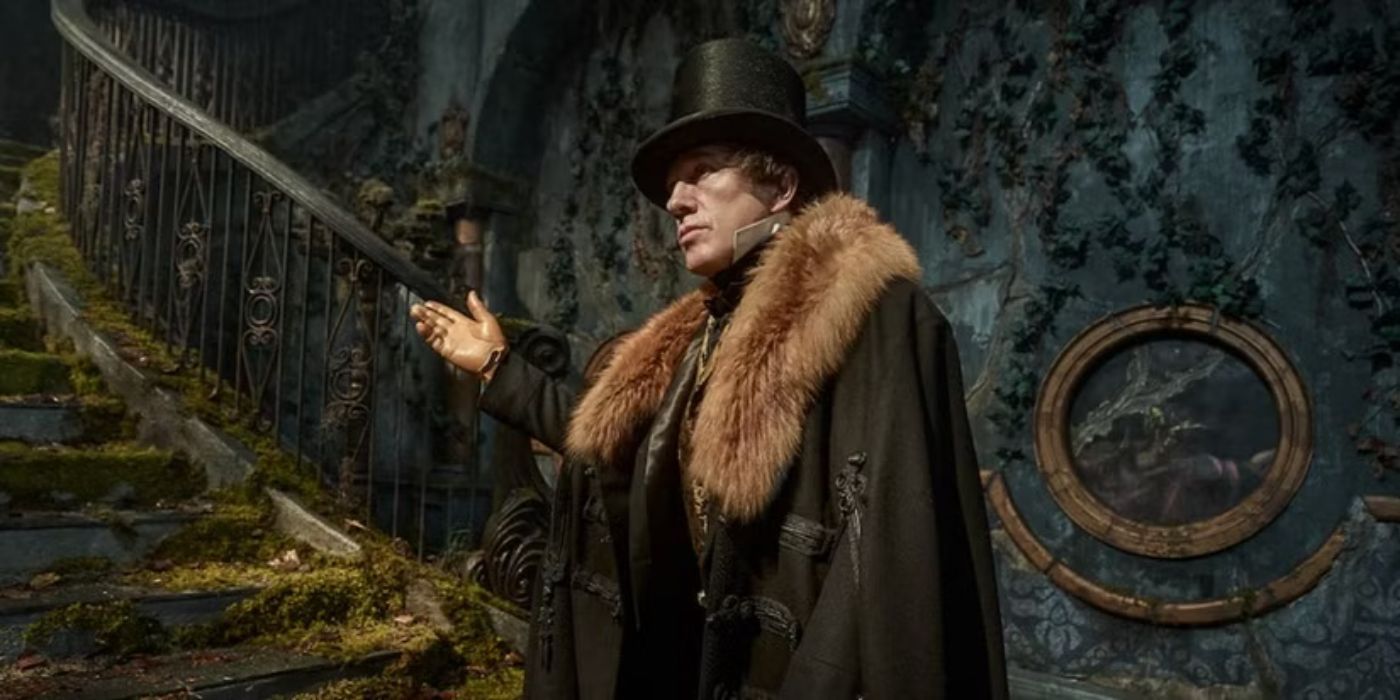
Netflix
In Mary Shelley’s novel, Victor Frankenstein secretly creates his creature, driven by pride and a desire to control life itself. Guillermo del Toro’s film adaptation adds a new character, Henrich Harlander, who becomes Victor’s supporter. Harlander notices Victor while he’s enthusiastically presenting his scientific ideas at a medical conference and decides to fund Victor’s laboratory and experiments.
It’s later discovered that Harlander is terminally ill with syphilis and hopes to achieve immortality by having his brain transplanted into the Creature. This mirrors the current obsession some wealthy individuals have with extending their lives. Harlander also represents modern-day war profiteers, and del Toro uses him to critique the way war and weapons are driven by profit.
7
Big Changes to the Frankenstein Family and Victor’s Backstory

Netflix
In Mary Shelley’s novel, Victor Frankenstein is the son of Alphonse, a government official who prioritized family over his career. Alphonse is portrayed as a loving and supportive father who lives a long life. Victor’s mother, Caroline, dies of scarlet fever – not during childbirth as often shown in film adaptations – and this loss profoundly impacts Victor, fueling his obsession with overcoming death. The book also features Ernest, a brother not included in most movie versions, and portrays William as a young child, unlike some adaptations.
Guillermo del Toro doesn’t simply rename Frankenstein’s father – he reimagines him as a person. In the film, the father, Leopold, is a surgeon, and he’s a harsh, critical, and emotionally abusive parent to Victor. He doesn’t just educate Victor in science; he instills a belief that only success and control are important. This abusive upbringing is ultimately what causes Victor to become a terrible father to his creation.
6
An Altered Role for Elizabeth
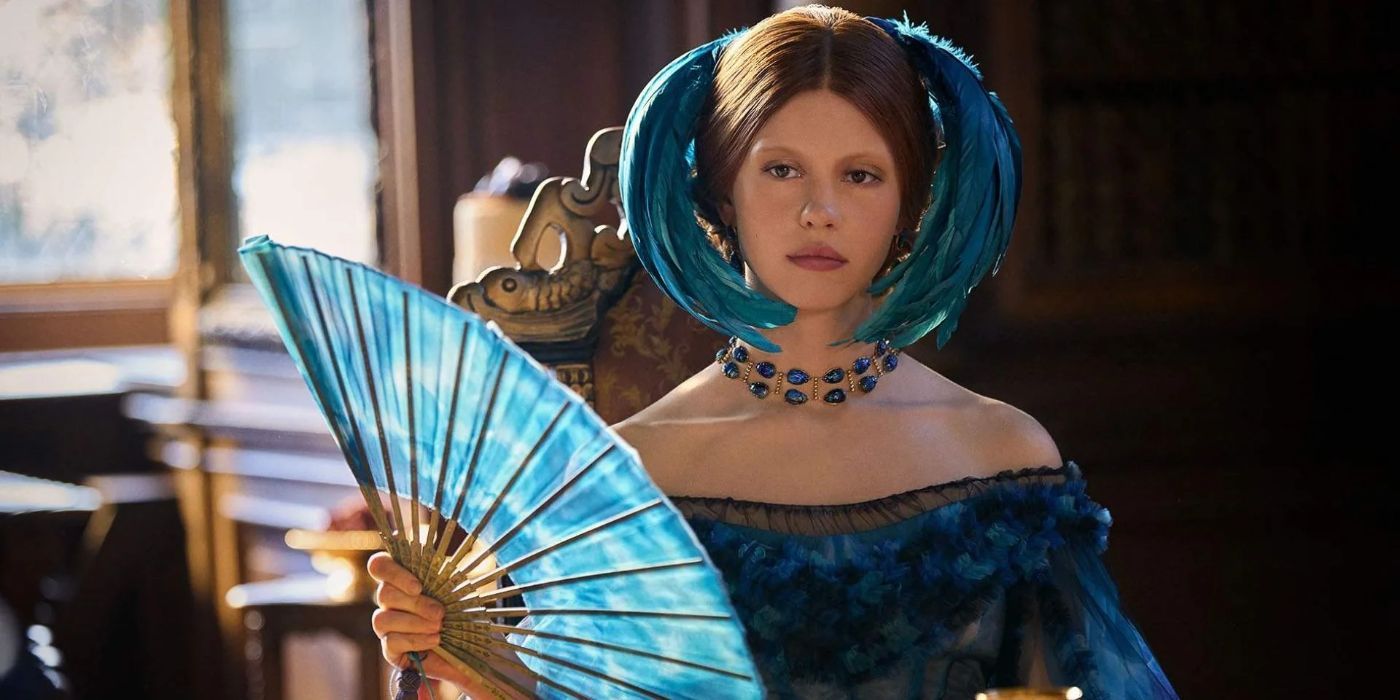
Netflix
Mia Goth delivers a fantastic performance as Elizabeth in Guillermo del Toro’s Frankenstein, a character who undergoes significant changes from the original story. In the film, Elizabeth is related to Henry Frankenstein and engaged to William, briefly caught in a romantic situation with both Frankenstein brothers. However, in Mary Shelley’s novel, Elizabeth is an orphan taken in by the Frankenstein family – sometimes as a cousin, other times as a rescued commoner. She’s raised as Victor’s adopted sister with the expectation that they will eventually marry, and her family name is Lavenza, not Harlander.
The Elizabeth in the original novel is a rather passive and shallow character. Guillermo del Toro dramatically changes this, portraying her as someone with strong emotions, intelligence, and inner depth. Del Toro’s Elizabeth even seems to reflect aspects of Mary Shelley herself – a forward-thinking, inquisitive woman who wasn’t afraid to voice her opinions. Unlike the book, where she adores Victor, this Elizabeth grows to deeply resent and hate him. And her connection with the creature is a unique element added by del Toro’s adaptation of Frankenstein.
5
The Absence of Henry Clerval and Justine Moritz
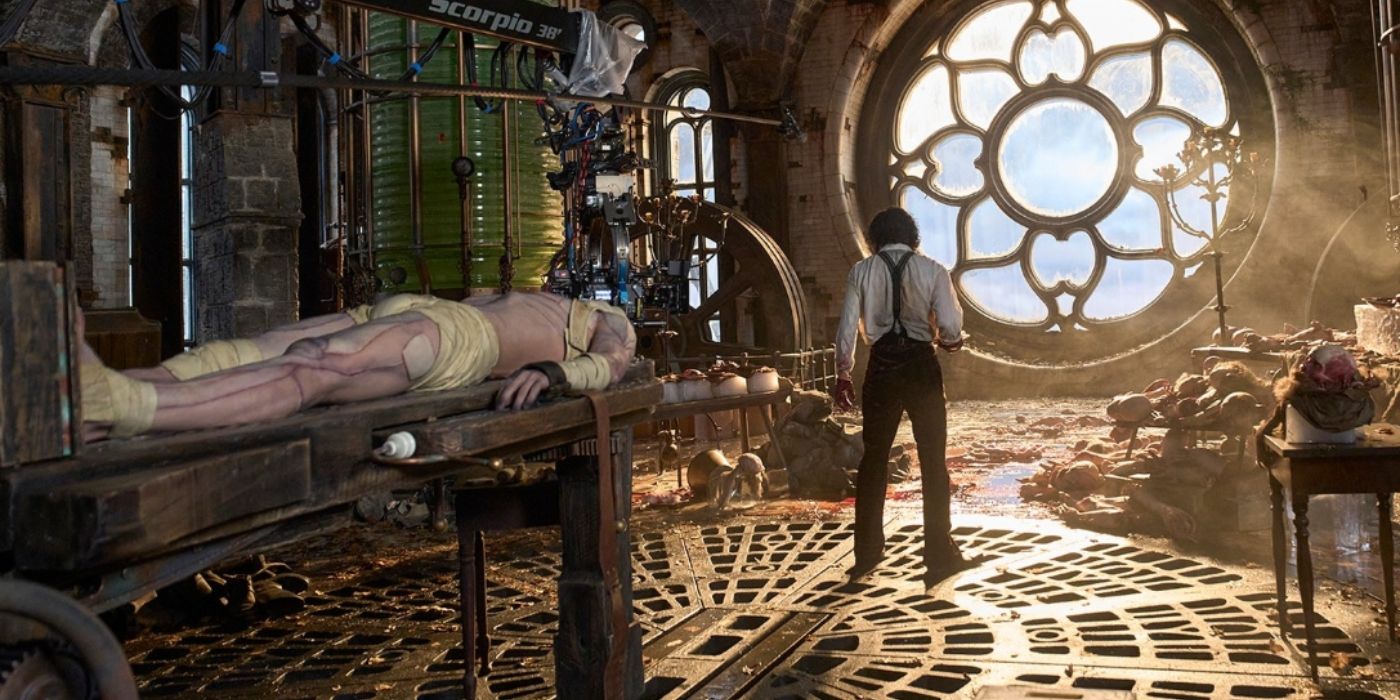
Netflix
Besides Ernest Frankenstein, the movie also leaves out Henry Clerval, a lifelong friend of Victor’s. Henry is a consistently loyal and supportive character, offering a stark contrast to Victor. Where Victor is driven by pride, science, and isolation, Henry embodies optimism, kindness, and a love for nature and books. His tragic murder at the hands of the Creature devastates Victor.
The death of Justine Moritz deeply impacts Victor. Justine, like Elizabeth, was brought into the Frankenstein family from a difficult background and worked as a nanny and housekeeper. She is falsely accused of William’s murder – a crime actually committed by the Creature – and is executed. Victor, knowing the truth, remains silent to protect himself. Justine embodies injustice and the helplessness of the innocent, and her death fuels Victor’s growing guilt and despair.
4
Some Changes Were Made to the Old Man

Netflix
Many film and book versions of Frankenstein show the Creature developing a relationship with an elderly, blind man. While the movie directed by Guillermo del Toro doesn’t give him a name, the original novel by Mary Shelley identifies him as De Lacey. He’s the head of a French farming family that the Creature secretly watches and grows to care for. Unlike in del Toro’s version, where De Lacey teaches the Creature to read and speak, in the novel, the Creature learns language by eavesdropping on lessons the family gives to Safie, the fiancée of De Lacey’s son.
I was so invested in the Creature’s story, especially when he finally found De Lacey. He really wanted to connect with him and, through him, the whole family. It was beautiful to see De Lacey offer him kindness and they actually formed a connection. But then the family came home unexpectedly, and everything fell apart. They were completely shocked by how he looked. It wasn’t like the movie version, where wolves got involved – the old man actually survived. I think Guillermo del Toro included that sad moment in the film to really emphasize how human the Creature was, despite everything.
3
Victor Doesn’t Work on a Companion for the Creature
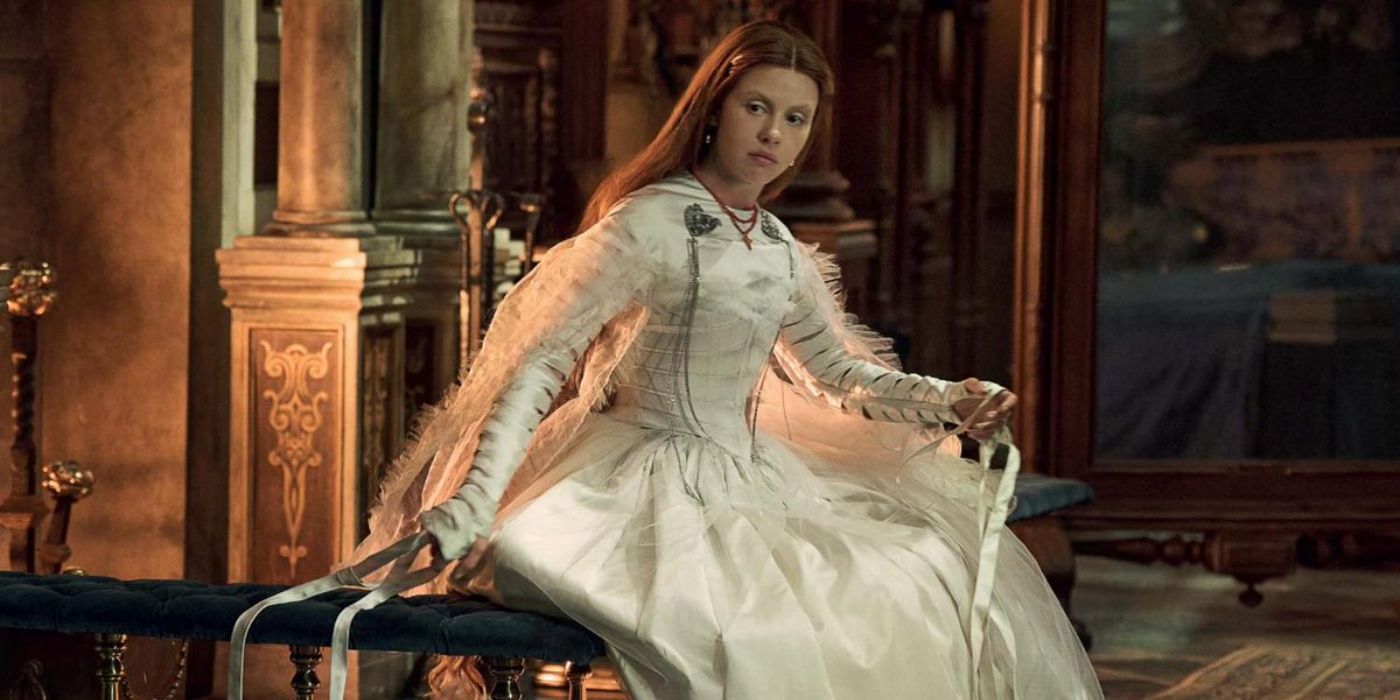
Netflix
In Mary Shelley’s story, after the Creature kills William, he demands Victor Frankenstein create a female companion for him. He threatens to continue harming Victor’s loved ones if he doesn’t, driven by his desperate loneliness. The Creature believes a partner is the only thing that can give his life purpose and happiness. Though hesitant, Victor eventually agrees and starts building a mate for the Creature.
Before the Bride is finished, Victor destroys her, feeling it’s the right thing to do because he worries about what a creature like her might become, and what offspring they might have. Enraged by this, the Creature retaliates by breaking into Elizabeth’s room on Victor’s wedding day and killing her. In del Toro’s version, the Creature requests a companion, but Victor flatly refuses to create one. Unlike the original story, the movie allows Elizabeth to briefly experience being the Bride before her untimely death.
2
Del Toro’s Creature Becomes a Symbol of Compassion
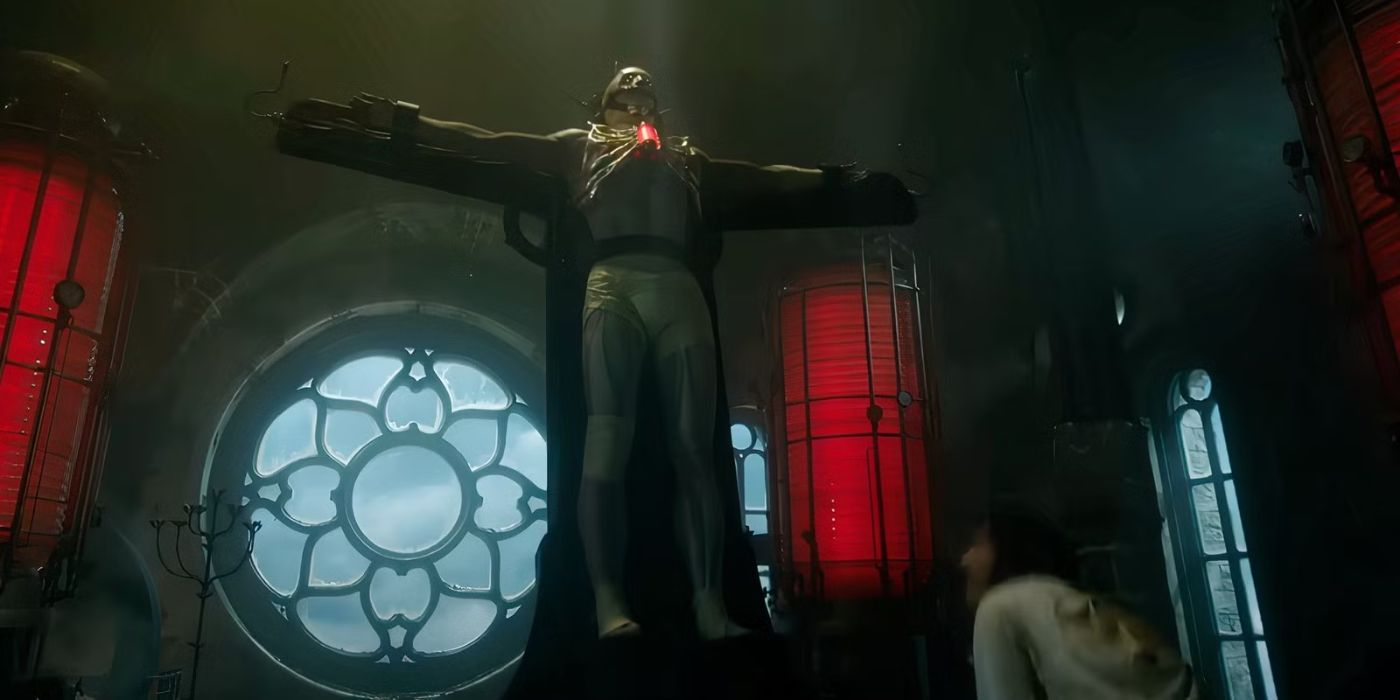
Netflix
While Shelley’s Creature evokes sympathy, his behavior is undeniably monstrous. Driven to hatred by the cruelty he endures, and consumed by loneliness, he resorts to violence. He finds a parallel to his own suffering in Milton’s Paradise Lost, identifying with the rebellious and abandoned Satan. However, director Guillermo del Toro interprets the Creature differently, seeing him as a Christ-like figure.
The film uses strong visual symbols – like the operating table shaped like a cross and a red vial reminiscent of a religious image – to convey its themes. These are reinforced through the story and the Creature’s kind nature. He never intentionally kills anyone, only acting in self-defense or by accident, and his life is filled with hardship, much like Jesus Christ’s. Even as he dies, the blind man comforts his friend, insisting he is not a monster. Elizabeth immediately recognizes the Creature’s goodness and humanity, and in the end, he shows forgiveness to those who have wronged him.
1
The Film’s Ending Takes a Different Approach

Netflix
Guillermo del Toro’s version of the story differs greatly from Mary Shelley’s original ending. In the film, Victor Frankenstein dies before his creation can reach the ship, still consumed by hatred and intent on destroying the Creature. In his final moments, Victor asks Captain Walton to continue his pursuit of revenge. The Creature and Victor never face each other again. When the Creature finds Victor’s body, he’s heartbroken and overwhelmed with regret, openly mourning his creator. The film concludes with the Creature considering ending his own life.
The film culminates in a meeting between Victor and his creation on a ship, where they finally make peace. Victor admits his wrongdoing and shows the Creature the compassion he lacked before, even calling him “son” as he dies. He tells the Creature that if he is unable to die, he must find a way to live. The final scene shows the Creature reaching for the sun, a symbol of life his father had once described.
Read More
- A Gucci Movie Without Lady Gaga?
- EUR KRW PREDICTION
- Nuremberg – Official Trailer
- Is Steam down? Loading too long? An error occurred? Valve has some issues with the code right now
- Kingdom Come Deliverance 2’s best side quest transformed the RPG into medieval LA Noire, and now I wish Henry could keep on solving crimes
- Adin Ross claims Megan Thee Stallion’s team used mariachi band to deliver lawsuit
- Prince William Very Cool and Normal Guy According to Eugene Levy
- BTC PREDICTION. BTC cryptocurrency
- SUI PREDICTION. SUI cryptocurrency
- The Super Mario Bros. Galaxy Movie’s Keegan-Michael Key Shares Surprise Update That Has Me Stoked
2025-11-15 23:50